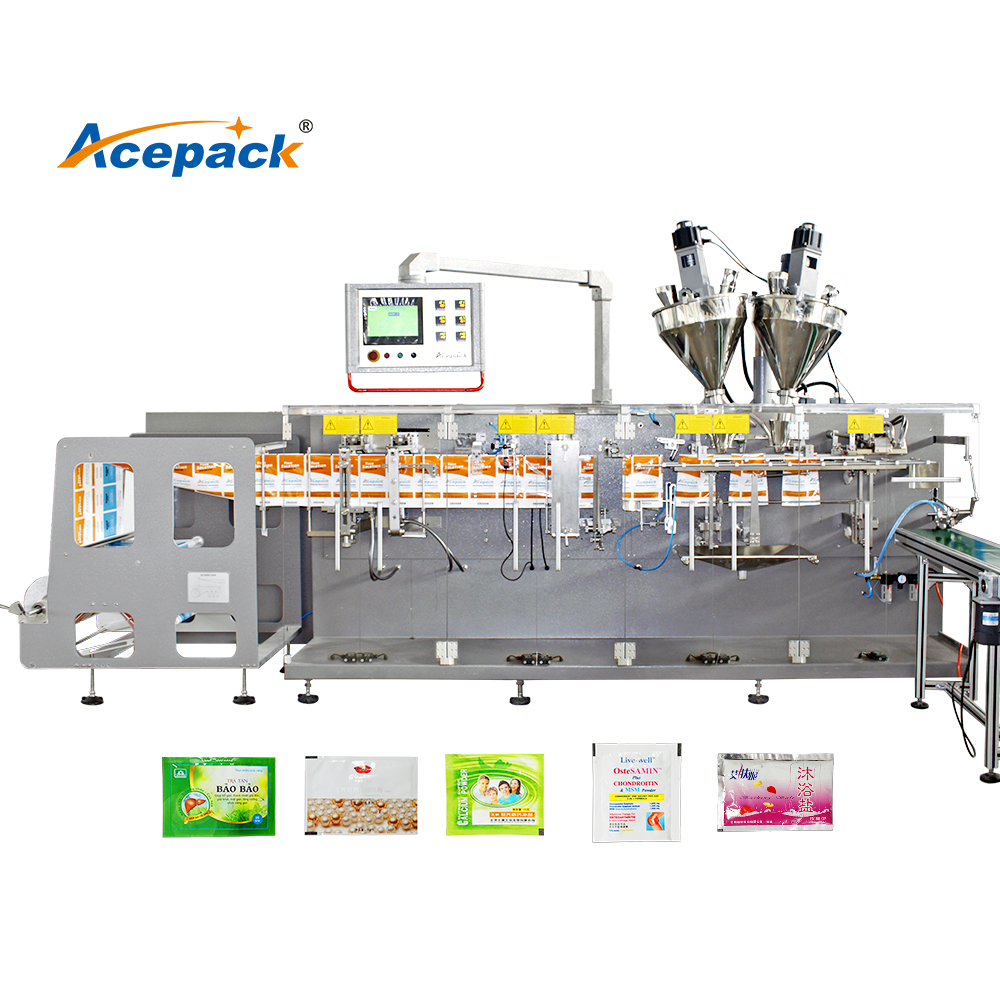In the fast-paced world of manufacturing and distribution, the role of packaging cannot be overstated. It serves as the protective shell that ensures products reach consumers in pristine condition, while also acting as a crucial marketing tool that captures attention and conveys brand identity. Among the myriad of packaging solutions available, horizontal packaging machines have emerged as a stalwart in the industry, offering unparalleled efficiency, versatility, and innovation.

The Basics of Horizontal Packaging Machines
Horizontal packaging machines, as their name implies, operate on a horizontal plane, facilitating the packaging of a wide range of products from foods and beverages to pharmaceuticals and consumer goods. These machines are designed to handle a variety of packaging materials, including plastic films, pouches, bags, and even cartons, making them highly adaptable to different product needs.
Efficiency at Its Core
One of the most significant advantages of horizontal packaging machines lies in their efficiency. These machines are engineered to automate the packaging process, from product feeding and filling to sealing and discharging, significantly reducing labor costs and minimizing human error. High-speed models can package thousands of items per hour, enabling businesses to meet the demands of a growing market without compromising on quality.
Innovation in Design and Functionality
Manufacturers of horizontal packaging machines are continually pushing the boundaries of innovation. Advances in servo drive technology, for instance, have enhanced the precision and control of packaging operations, allowing for more intricate packaging designs and better product handling. Additionally, the integration of smart sensors and IoT capabilities is transforming these machines into intelligent systems that can monitor performance, predict maintenance needs, and optimize production processes in real-time.
Sustainability and Environmental Considerations
In response to global concerns about waste and environmental impact, modern horizontal packaging machines are increasingly designed with sustainability in mind. This includes the use of eco-friendly packaging materials, energy-efficient designs that reduce electricity consumption, and waste reduction technologies such as automatic trim removal and recycling systems.
Conclusion
Horizontal packaging machines are a cornerstone of modern manufacturing, driving efficiency, flexibility, and innovation in the packaging industry. As businesses strive to meet evolving consumer demands and address environmental challenges, the continued evolution of these machines will play a pivotal role in shaping the future of packaging. With ongoing advancements in technology and a commitment to sustainability, horizontal packaging machines are poised to remain a vital component of the global supply chain.



